Graduates of the Tiber Health MSMS can pursue a wide range of professional health careers. Every year, some of our students opt to pursue dental school. If you’re a potential dentistry student, this article offers some insight into how admission to DDS (Doctor of Dental Surgery) programs differs from MD (Medical Doctor) programs.
1. There Are Far Fewer Dental Schools in the U.S. Than Medical Schools
First, it’s important to note that you have far fewer choices when it comes to where you apply. According to the American Dental Association (ADA), there are just 70 ADA-accredited DDS programs in the US as of 2022. This is in contrast to the 157 MD programs and 38 DO programs medical students can choose from.
The good news is that the lower number of dental schools means you won’t have to spend as much time and money applying: the average dental student completes about six applications (Table 2), while the average MD student completes 18. The bad news is that the lower number of dental schools makes it more likely you will have to move to attend school.
While 47 states and Puerto Rico have at least one independent medical school, only 36 states and Puerto Rico have at least one dental school. The states with the most dental schools are California (seven) and New York (five).
2. Dental Schools Are Less Competitive in Terms of Applicant Volume
Although you’ll still need to be a strong student to get into dental school, there will be far, far fewer applicants vying for seats than there are at medical schools. For the 2021-22 cycle, 11,756 students applied to dental school (Table 2)–just a fraction of the 55,188 students who applied to MD programs.
As a result of this lower applicant volume, dental schools have a higher overall acceptance rate than MD programs: dental schools accepted 53.5% of applicants (2021) compared to the 38% acceptance rate for MD schools (2021)--though it’s also important to note that the most selective medical or dental schools can have acceptance rates of less than 5%.
3. Dental Schools Are About as Diverse as Medical Schools
Like medical schools, dental schools are not diversifying as quickly as the US population. However, they have become more diverse since the turn of the century. Dental schools are now mostly female— in 2022, 55.7% of new students were women (table 2), just slightly more than the 55.6% of new med students who were women.
The average dental student in 2022 was also slightly more likely to be non-white or multi-racial than at medical schools, with fewer than half of students identifying as white-only. 2022 enrollment at ADA-accredited dental schools broke down as follows (Table 15b):
- 48.8% White (non-Hispanic or Latino)
- 6.1% Black or African American (non-Hispanic or Latino)
- 10.3% Hispanic or Latino of any race
- 0.3% Native American or Native Alaskan
- 0.2% Native Hawaiian or Pacific Islander
- 23.7% Asian
- 3.1% Two or more races
- 7.5% unknown
By comparison, 54.4% of students in medical schools in 2022 identified as white (p. 18).
4. You’ll Still Need to Take the Same Prerequisites and Get a High GPA
To qualify for dental school, you’ll need to take a similar path through your undergraduate degree as you would for medical school. You should pursue a science-based (or science-heavy) bachelor’s degree, such as biology, biochemistry, or physics. You’ll need to achieve a strong overall GPA, and an especially strong GPA in your science classes.
According to the American Dental Education Association (ADEA), students who enrolled in dental school in 2021 had an average overall GPA of 3.59 with a science GPA of 3.51. However, the ADEA also notes that 35% of students who enrolled had an overall GPA of 3.75 or above. You’ll need to be a competitive student to succeed in getting into dental school, just as you would with medical school.
5. You’ll Also Need to Score Well on the DAT
Yes, there’s also an entrance exam for dental school: the Dental Admission Test, or DAT. Like the Medical School Admission Test (MCAT), this is a difficult, hours-long standardized test administered on a computer that forms an important part of your medical school application.
According to the ADA, the DAT takes about 4.5 hours to complete and covers the following four subjects:
- Survey of the natural sciences - covers biology, general chemistry, biochemistry
- Perceptual ability - tests a student’s ability to mentally manipulate objects in space
- Reading comprehension - tests a student’s ability to understand and analyze scientific writing
- Quantitative reasoning - covers algebra, statistics, data analysis, and other mathematical topics
The DAT has a maximum possible score of 30. The ADEA reports that new dental students in 2021 had an average DAT score of 20.7.
6. Manual Dexterity Is Much More Important for Dental School Applicants
The DAT includes a section on perceptual ability for a reason: dentists need to be able to use their eyes and hands to treat patients all the time. All pre-dental students need to consider their manual dexterity–their ability to grasp objects and make small, precise movements with them–before applying. For pre-medical students, this is usually only a major concern for aspiring surgeons.
If you are not confident that you can safely manipulate a high-powered dental drill inside a child’s mouth, for example, you should either reconsider dental school or take up a hobby that can improve your manual dexterity. The ADEA has a helpful list of ideas which covers everything from needlepoint to playing the violin–and they make a point of mentioning that you will be asked how you maintain your manual dexterity during a dental school interview.
7. Our MSMS Can Help You Prepare
If you want to improve your academic profile before applying to dental school, the Tiber Health Master of Science in Medical Science (MSMS) can help. In just 11 months (or 20 months online), it offers you the opportunity to complete graduate-level health sciences coursework that shows dental schools you are capable of mastering advanced academic material. It’s presented in a technologically enhanced format that generates data-derived insights to ensure you (and the faculty members advising you) understand your strengths and weaknesses every step of the way. Please note, however, that you’ll need to bring your own violin or needlepoint kit to keep up with your manual dexterity.We currently offer the MSMS in eight states and in Puerto Rico. Three of our schools also offer the program online. Find the right university for you today!



